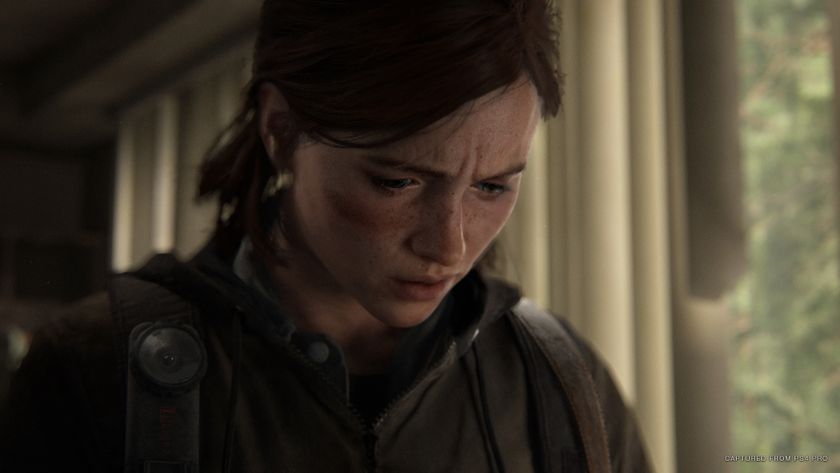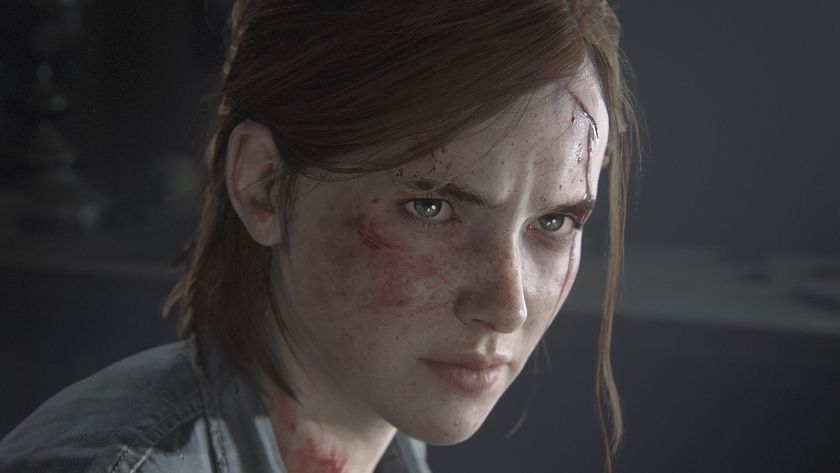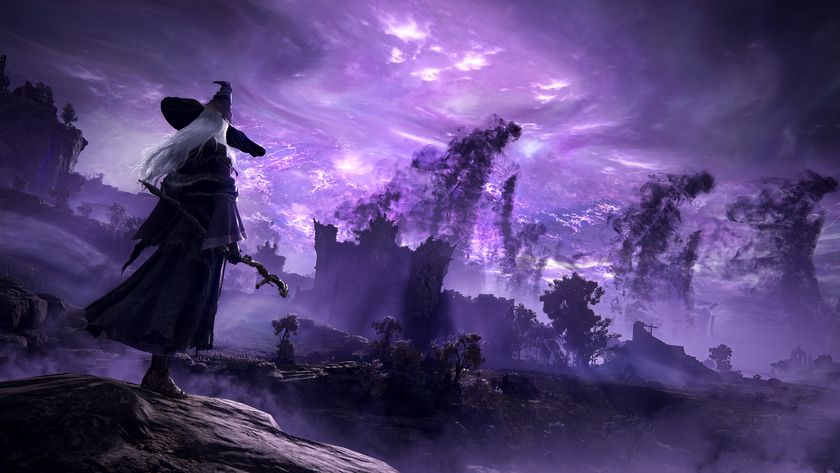The Last of Us 2’s pandemic survival doesn’t stand up against real-world lockdowns and Black Lives Matter
Apocalyptic societal collapse is a well-worn zombie fiction trope but how do real-life events match up to fiction now
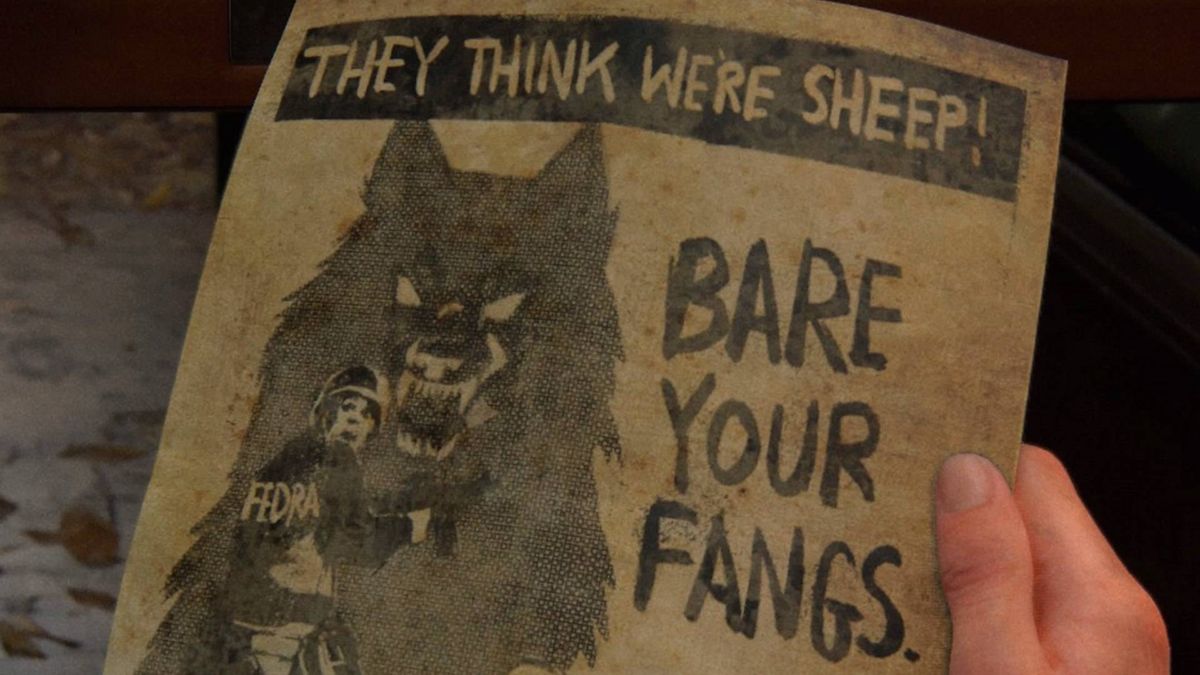
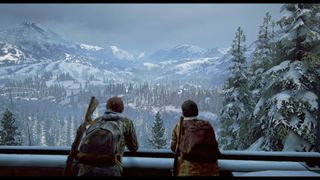
The Last of Us 2 ending explained: A spoiler filled look at what it all means
We all know how Outbreak Day went down in the world of The Last of Us. September 26, 2013 saw the Cordyceps Brain Infection reach a critical mass; America, and the world, collapsed as violent infected brought society to its knees. The last gasps of US government control, in the shape of FEDRA policed quarantine zones, attempted to keep order but fought protesters as much as monsters, and struggled to keep the peace.
It’s a well worn apocalyptic trope to see soldiers dealing with restless survivors and desperate crowds, but in the light of recent COVID-19 and Black Lives Matter protests we might have to change all our expectations of how the apocalypse would actually go down. Especially given part of The Last of Us 2’s background narrative, uncovered through notes and letters, that suddenly take on a far more presciently unnerving edge in the light of the ongoing shitshow that is 2020.
When there’s no more room in hell
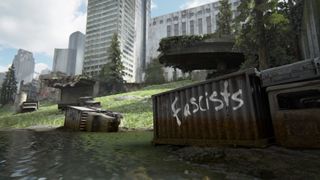
In the original game the Fireflies formed in response to martial law imposed by the military, using terrorist tactics to whittle away at a beleaguered FEDRA. While they succeeded in ‘freeing’ several QZs by defeating the army, the population was often reluctant to yield to what basically amounted to control under another military force.
In The Last of Us Part 2 we get the Washington Liberation Front, or WLF, or ‘Wolves’ depending on who’s asking. They’re one of the main factions in the game, with letters and notes showing how they rose to power: battling the ‘fascist’ oppression of the government and FEDRA.
Now, the seeds for this group were sown years ago at Naughty Dog, with the development of Part 2 initially beginning in 2014. Structurally, the idea of mismanaged government force and heavy-handed military riling up a discontent population is a perfect background; one that countless games and films have used. However, up until now, the trope has largely only really had other games and films to reference.
Keeping order
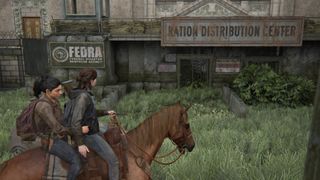
"The Last of Us 2’s background narrative suddenly takes on a far more presciently unnerving edge in the light of 2020."
Now we have real life. The notes and letters in the game show that the WLF rose up in armed protest against the government over food shortages after a pandemic had killed 60% of the world's population and literal monsters were clawing at the walls. During the real world Coronavirus lockdown, men armed with assault rifles stormed the state capitol largely over haircuts and access to Arby’s.
‘Tyrants get the rope', one sign reportedly read as ordinary people screamed in the faces of police and politicians while carrying machine guns. Senator Dayna Polehanki tweeted that staff were wearing bulletproof vests as protesters overran the building. If these current events are anything to go by, if there ever was anything even fractionally close to an apocalypse level pandemic, we’d likely tear ourselves apart long before any disease got the chance.
At least The Last of Us got one thing right. The WLF manipulated information to mislead people. While in the real world certain world leaders, media outlets and influencers willfully promote half-truths and outright lies to support their agenda, the WLF used a food shortage to stoke revolution. A food shortage it engineered itself by interrupting supply lines. “They think we’re sheep. Bare your fangs”, read WLF posters inciting an uprising among people unaware they were just a cog in the Washington Liberation Front's power grab.
Reasonable force?
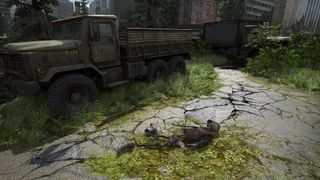
There’s one more element of 2020 that also plays into how we usually see fictional apocalypses play out in games like The Last of Us 2, and that's the Black Lives Mattermovement. Heavily armed white men in body armor were allowed to shout at policemen angrily, and storm government buildings, with little repercussions.
Unarmed BLM protesters were tear-gassed, beaten and shot with rubber bullets largely for standing quietly in the street. With law enforcement demonstrating such wildly differing responses to protesters' race and reason in the face of a non-apocalyptic pandemic, how would tensions be managed in the face of more serious threats? It might seem like an overly picky detail to explore in a game about fungus zombies eating your face. But the reality is that 2020 is proving that the most speculative piece of fiction in The Last of Us 2 is the idea of society lasting long enough for there to be a post-apocalypse.
The volatile WLF almost instantly becoming a despotic regime favoring summary execution and total subjugation once in power is the only part that feels accurate. In a game so focused on exploring human emotions in impossible situations, comparing Naughty Dog’s Seattle to the world right now creates a dissonance that will be hard to ignore in future games.
For more, watch our full video review of The Last of Us Part 2 below, or check out our guide to The Last of Us 2 New Game Plus Mode to enjoy the story all over again.
The Last of Us 2 tips | The Last of Us 2 map | The Last of Us 2 safe codes and combinations | The Last of Us 2 workbench locations | The Last of Us 2 training manuals | The Last of Us 2 weapons and gear | The Last of Us 2 Easter eggs | How long is The Last of Us 2 | The Last of Us 2 ending | The Last of Us 2 trading cards | The Last of Us 2 coins
Sign up to the GamesRadar+ Newsletter
Weekly digests, tales from the communities you love, and more

I'm GamesRadar's Managing Editor for guides, which means I run GamesRadar's guides and tips content. I also write reviews, previews and features, largely about horror, action adventure, FPS and open world games. I previously worked on Kotaku, and the Official PlayStation Magazine and website.
